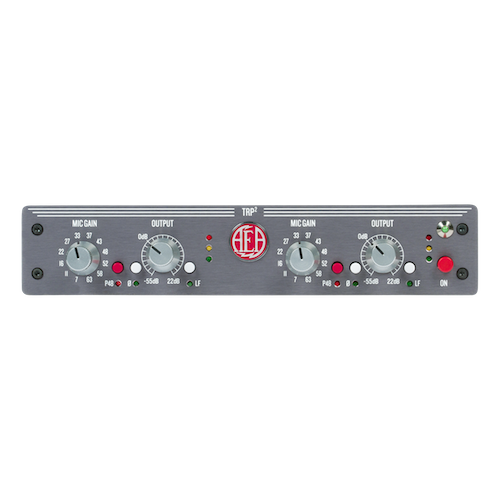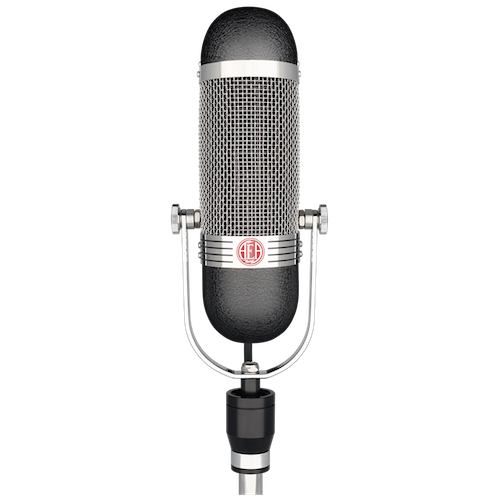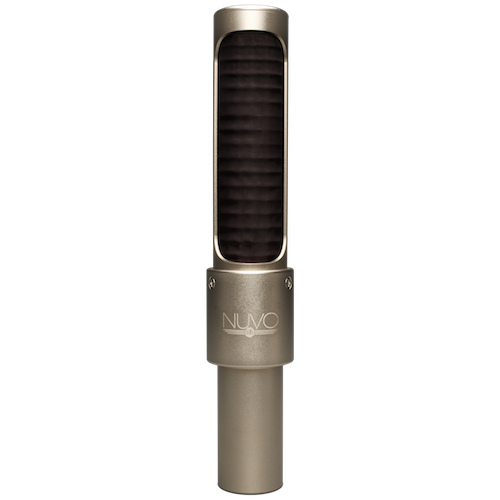AEA makes a range of ribbon preamps design to bring out the full potential of your ribbon mics. The TRP3, RPQ3, and RPQ500 ribbon preamps all have the same natural and honest tonalities and will enhance the sound of your ribbon mics. A ribbon preamp will even bring out the full potential of your other dynamic mics, active ribbons, and condensers
What distinguishes a ribbon pre from a standard pre?
There are 3 distinct features of a ribbon preamp:
- Low noise
- High gain
- High impedance
Low Noise and High Gain get rid of unwanted noise
Passive ribbon mics, much like moving-coil dynamic mics, have very low output compared to active ribbons and condensers. Pushing the gain of a preamp that isn’t optimized for ribbons will produce more noise when recording quiet sources like strings, acoustic guitar, or vocals.
Since the gain of most standard preamps peaks around 70 dB, a ribbon mic will often demand maximum gain. A ribbon preamp is capable of upwards of 80dB of gain, resulting in significantly higher headroom and less noise when capturing quiet sources.
High Impedance unleashes your ribbon mic’s true sound
Impedance can be a difficult subject for some to understand. Here’s the most important thing to know about impedance as it relates to ribbons: The bigger, the better.
Every AEA microphone is crafted with the highest possible output impedance. The average input impedance of a standard preamp is roughly 1200 OHMs. The input impedance of AEA’s TRP3 and RPQ3 measures at a whopping 68,000 OHMs. This is the primary reason our ribbon preamps will always outperform a standard preamp.
Pairing your ribbon microphone with a 1200 OHMs impedance preamp will not hurt the microphone, but it will drastically hinder the microphone’s potential when compared to a pairing with a high impedance ribbon pre.
Other Features of Ribbon Preamps
The RPQ3 and RPQ500 include two sections of EQ to dial in your ideal sound. The Curveshaper EQ is a high-frequency slope that allows you to boost the top end of your ribbon mics and add more air. It’s a powerful EQ that is often used on the 2-bus for ribbon heavy tracks. There is also a low-frequency control designed to eliminate excessive bass in a fast and unobtrusive way.
Can a ribbon preamp be used with condensers, active ribbons, and dynamic mics?
Our ribbon preamps are the perfect fit for ribbon mics, but the sound of your other microphones will also benefit when paired with a ribbon preamp.
If you love the sound of your ribbon mic, give it the befitting love and support of a ribbon preamp. You won’t look back.









